You want to split tough logs fast and safely. Many people in America have this problem every winter. A gas log splitter helps you split hard wood quickly. It also keeps you safe while working. Over 1.77 million homes use firewood for heat. Even more people use firewood for extra warmth. You can get your firewood ready faster and easier. It is safer too, no matter how much wood you need.
Key Takeaways
Gas log splitters break tough logs fast. They save you time and work. Manual splitting takes longer and is harder.
High tonnage output helps split thick hardwoods. You can split big logs easily. This makes getting firewood quicker.
Safety features help stop injuries. You can work safely. Your hands stay away from danger.
Portability means you can use them anywhere. You do not need electricity. You can use them in far places.
Splitting your own firewood saves money. Raw logs cost less than split wood. You save more over time.
Powerful Performance

Handles Tough Logs
You want a machine that can split even the hardest wood. A gas log splitter gives you the muscle you need. It works well on dense hardwoods like oak and hickory. You can also use it for large, knotty logs that would stop other machines. Gas log splitters have more horsepower and splitting force than electric models. This means you can tackle tough jobs without breaking a sweat.
Check the maximum log size each model can handle. Make sure the splitter you choose can comfortably handle the typical size of wood you plan to split.
The log capacity matters. If you often split big logs, you need a machine that matches your needs. Some splitters can handle logs up to 25 inches long and 15 inches in diameter. That makes your work easier and faster.
Log Diameter |
|
|---|---|
6 inches |
20 inches |
15 inches |
25 inches |
You get more done with less effort. Homeowners and professionals both benefit from this power. You can split wood for your fireplace, stove, or even sell firewood as a business.
High Tonnage Output
A gas log splitter stands out because of its high tonnage output. Most models deliver between 22 and 37 tons of force. That is much more than electric splitters, which usually max out at 8 tons. With this kind of power, you can split thick, dense logs quickly.
High tonnage output boosts your efficiency and speed.
You can split more wood in less time.
Machines with higher tonnage ratings handle denser hardwoods and larger logs with ease.

The right tonnage depends on your wood. For small logs, you may only need 10 tons. For large, tough logs, you may need 30 tons or more. A gas log splitter gives you the flexibility to handle any job. You save time, energy, and money by choosing a machine that matches your needs.
Fast and Efficient
Quick Splitting
You want to spend less time splitting firewood and more time enjoying your warm home. A gas log splitter helps you do just that. You can split a cord of wood in as little as 90 minutes. Manual splitting can take all day and leave you exhausted. With a gas log splitter, you save hours of hard work.
Method |
Time Estimate |
|---|---|
Gas Log Splitter |
|
Gas Log Splitter |
2.5 hours (average) |
Gas Log Splitter |
3-4 hours per cord |
Gas Log Splitter |
2.5 hours (red oak) |
You process large volumes of firewood quickly. This machine handles tough jobs with ease. You do not need to swing an axe or lift heavy logs over and over. The power and speed of a gas log splitter let you finish the job faster and with less effort.
Several factors boost your speed:
Stroke length for bigger logs
The power source
Special design features
You get more done in less time. You can split wood for your fireplace, stove, or even for sale.
Consistent Results
You want every log to split cleanly and evenly. Manual splitting often leaves you with uneven pieces. A gas log splitter gives you uniform results every time. You get firewood that stacks neatly and burns better.
Gas log splitters ensure consistent and uniform splits.
You can handle larger and tougher logs with no trouble.
Vertical splitting can be faster and easier, especially for heavy logs.
Soft woods like maple split quickly, while hard woods like elm may take a bit longer, but the machine handles both.
You choose the right tonnage for your needs. Low tonnage works for small, soft logs. High tonnage tackles big, hard logs. No matter your workload, you get reliable performance and quality firewood.
Tip: Consistent firewood size helps your wood dry faster and burn more efficiently.
Gas Log Splitter Safety
Reduced Injury Risk
You want to stay safe while splitting firewood. Manual log splitting puts you at risk for serious injuries. Many people hurt themselves each year with axes or mauls. Common injuries include:
Broken wrists from missed swings
Crushed hands when logs slip
Lost fingers from sharp blades
A gas log splitter helps you avoid these dangers. You do not need to swing a heavy tool or hold logs in place. The machine does the hard work for you. You keep your hands away from the splitting area. This reduces the chance of accidents. You also work at a steady pace, which helps you stay focused and alert. When you use proper operation practices, you make your firewood process much safer.
Safety Tip: Always read the user manual before you start. Wear gloves and safety glasses every time you split wood.
Built-In Safety Features
Modern gas log splitters come with smart safety features. These features protect you and make your job easier. Look for these important safety elements:
Emergency stop button stops the machine right away if something goes wrong.
Control lever locks prevent accidental starts.
Safety guards shield your hands from moving parts and flying debris.
Two-handed operation controls require both hands, so you never reach into the danger zone.
Regular safety checks help you spot problems before they cause harm.
You get peace of mind when you use a machine designed for safety. These features let you focus on splitting wood, not worrying about injuries. Choose a gas log splitter with these built-in protections. You will work faster, safer, and with more confidence.
Portability and Flexibility

Easy Transport
You want a log splitter that moves where you need it. Gas log splitters make transport simple. Many models come with sturdy wheels and towing options. You can roll them across your yard or hitch them to your ATV, UTV, or truck. This means you do not have to carry heavy logs far from where you cut them.
Here is a quick look at popular models and their transport features:
Model |
Weight |
Wheel Design |
Towing Capabilities |
|---|---|---|---|
Landworks 20 Ton |
10-inch sturdy transport wheels |
Not road towable |
|
37-Ton Log Splitter |
N/A |
DOT-approved wheels |
Easily towable with 2-inch ball hitch |
FS350 Log Splitter |
N/A |
Standard trailer, 2,200 lb axle |
Road ready for towing |
Black Diamond 27 Ton |
N/A |
Large 16’’ DOT-approved wheels |
Towed by most ATVs, UTVs, cars or trucks |
You can see that many splitters are built for easy movement. Some models even let you tow them on public roads. Storage is also simple. Most gas log splitters have a compact design. You can park them in your garage, shed, or beside your woodpile. This saves space and keeps your yard tidy.
Tip: Choose a model with large, durable wheels if you plan to move your splitter over rough ground.
Off-Grid Use
You may need to split wood far from home. Gas log splitters work anywhere. They do not need electricity. You just add fuel and start splitting. This makes them perfect for cabins, campsites, or remote homesteads.
You can use them in places without power.
Their mobile design lets you bring them deep into the woods.
Regular engine care keeps them running strong.
Many users take their splitters to off-grid locations. The compact size and manageable weight make transport easy. You get reliable firewood processing wherever you need it. With a gas log splitter, you stay ready for any job, in any place.
Cost Savings
Lower Firewood Expenses
You want to save money every heating season. Buying pre-split firewood costs more than splitting your own. When you purchase a full truckload of logs, you pay about $700 for six cords. That breaks down to roughly $115 per cord. If you buy pre-split firewood, you spend around $150 per cord. You keep $35 in your pocket for every cord you split yourself.
You pay less for raw logs than for pre-split firewood.
You spend about $15 per cord for gas, oil, and chain sharpening when using a splitter.
You control your costs by doing the work yourself.
Tip: Splitting your own wood lets you choose the best logs and avoid paying extra for delivery or stacking.
Here is a quick comparison:
Option |
Cost per Cord |
Extra Expenses |
|---|---|---|
Raw Logs |
$115 |
Splitting supplies |
Pre-Split Firewood |
$150 |
Delivery fees possible |
You see the savings add up quickly, especially if you burn several cords each year.
Long-Term Value
You want your investment to last. A Gas Log Splitter gives you years of reliable service when you maintain it well. Regular upkeep includes changing oil, air filters, and spark plugs. You also fuel the engine and sharpen chains. These tasks keep your machine running strong.
Gas models require more maintenance than electric splitters.
You spend a bit more on fuel and engine care, but you gain power and flexibility.
Professional-grade splitters hold their value better over time. If you ever decide to sell, you get a good return.
Note: Electric splitters cost less to run and maintain, but they do not match the power or durability of gas models.
You make a smart choice for your home or business. You save money every year and enjoy dependable performance. Your splitter pays for itself after just a few seasons. You keep more cash in your wallet and get the firewood you need.
A Gas Log Splitter helps you split wood fast and safely. You can break big, hard logs without much trouble. Both homeowners and workers get good results every time. Experts say you should wear hearing protection. Never use these machines inside your house. The best models work quickly and have strong engines. Think about how much firewood you need. Picking the right tool makes your job safer, quicker, and saves money.
Gas log splitters are great for logs over 12 inches and hard woods like mahogany.
Always wear hearing protection and use the machine outside.
Powerful models, such as the 40-ton Countyline, give fast results and make less pollution.
FAQ
How much maintenance does a gas log splitter need?
You only need basic care. Change the oil, check the air filter, and keep the engine clean. Regular checks keep your splitter running strong for years.
Tip: Follow the manual for the best results.
Can I use a gas log splitter in winter?
Yes, you can use it in cold weather. Gas log splitters work well outdoors, even when it gets very cold. You get reliable performance all season.
What size logs can I split with a gas log splitter?
Most gas log splitters handle logs up to 25 inches long and 15 inches wide. You can split both small and large logs with ease.
Is a gas log splitter safe for beginners?
Yes, you can use it safely. Built-in safety features protect you. Always read the manual and wear safety gear.
Safety First: Keep hands clear and use two-handed controls.
Do I need electricity to run a gas log splitter?
No, you do not need electricity. Just add fuel and start splitting. You can use your splitter anywhere—even off-grid or in remote areas.


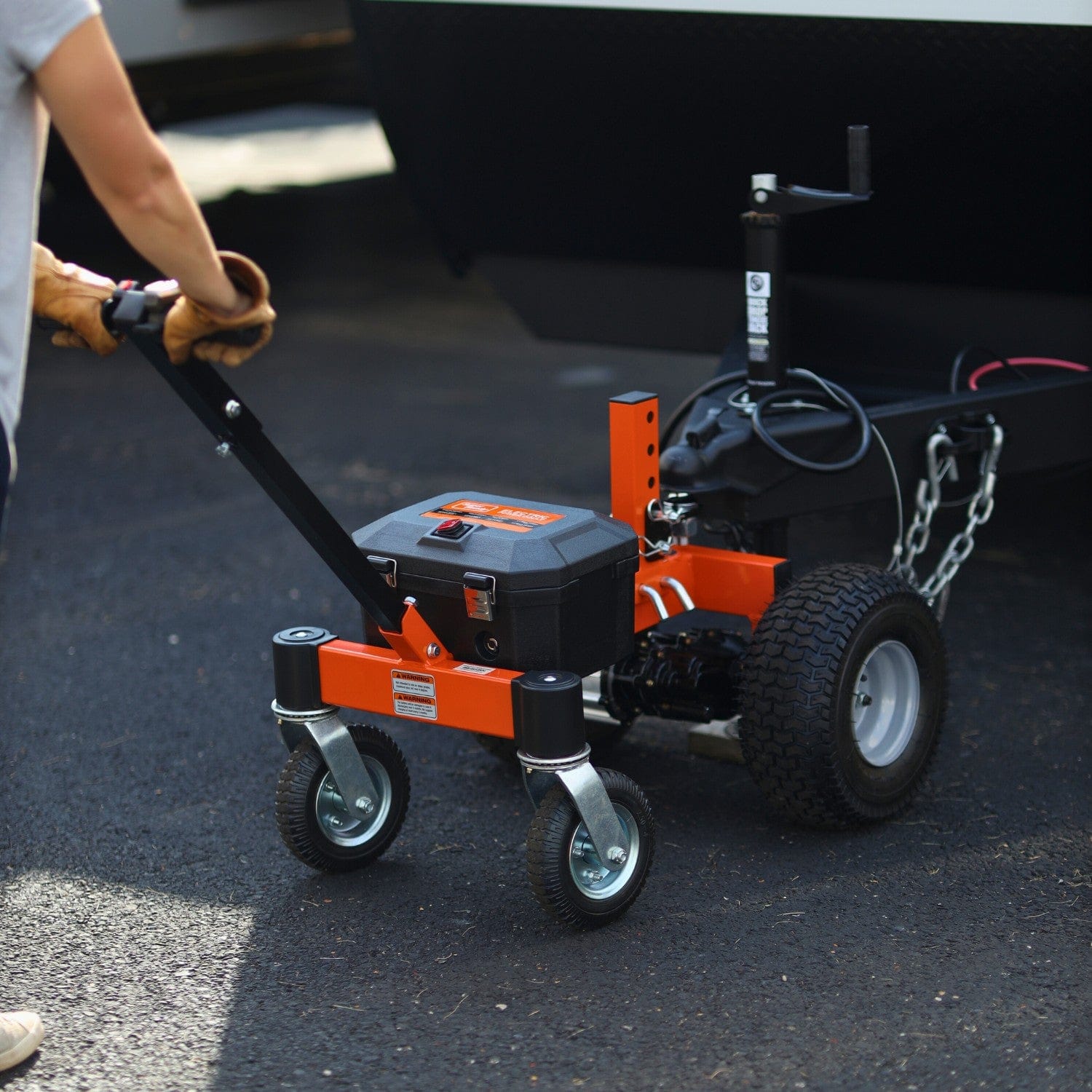
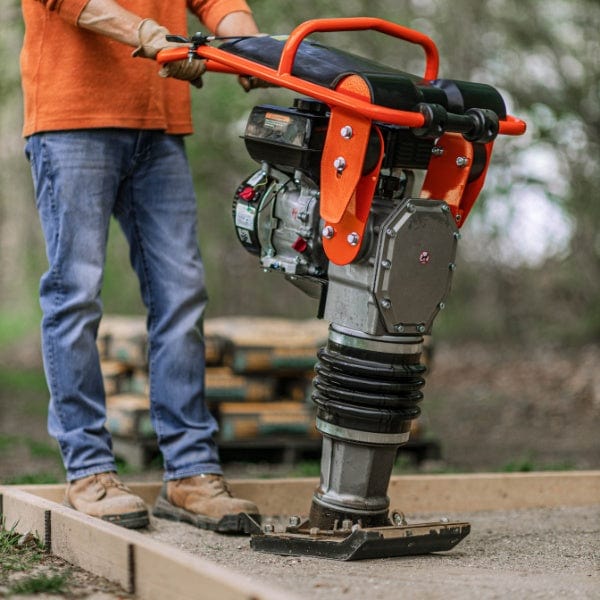
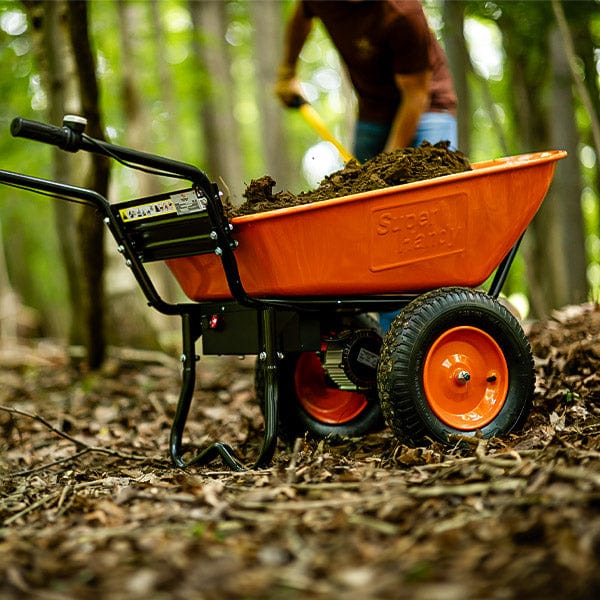


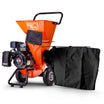
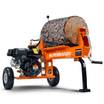

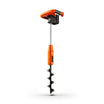
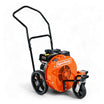

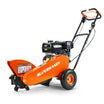
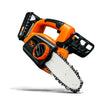
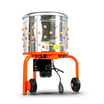

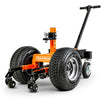
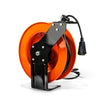
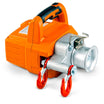

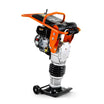
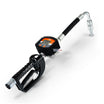






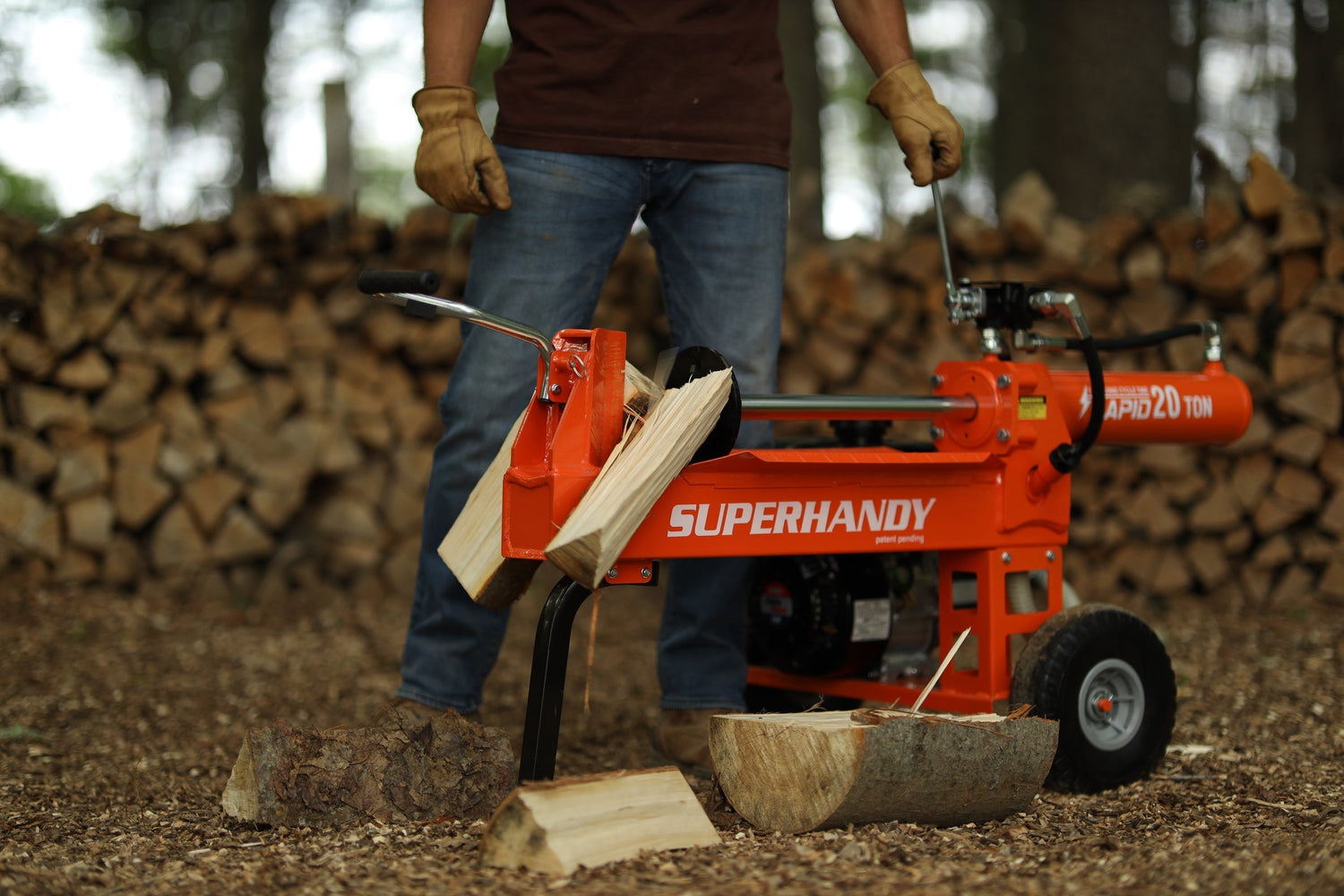
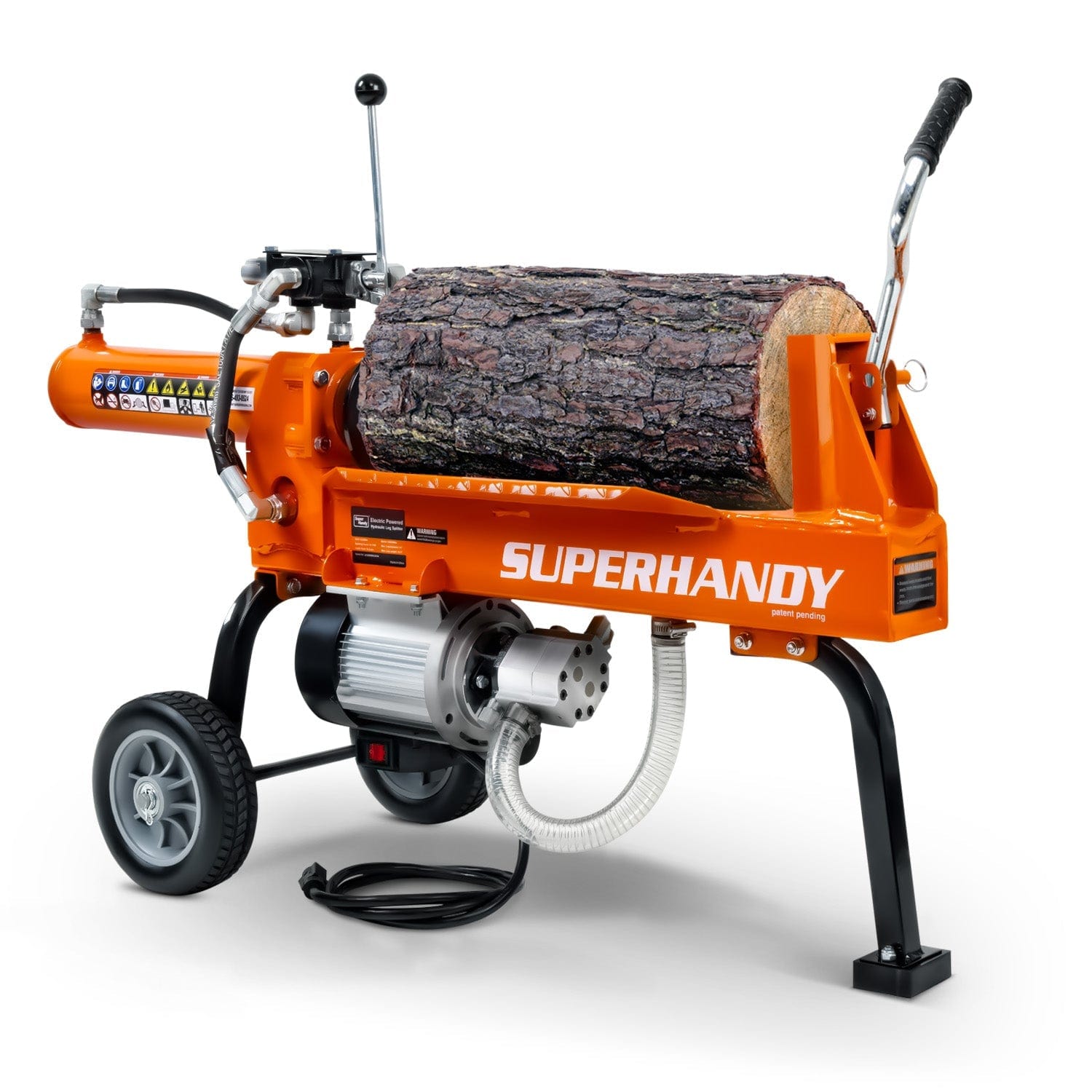
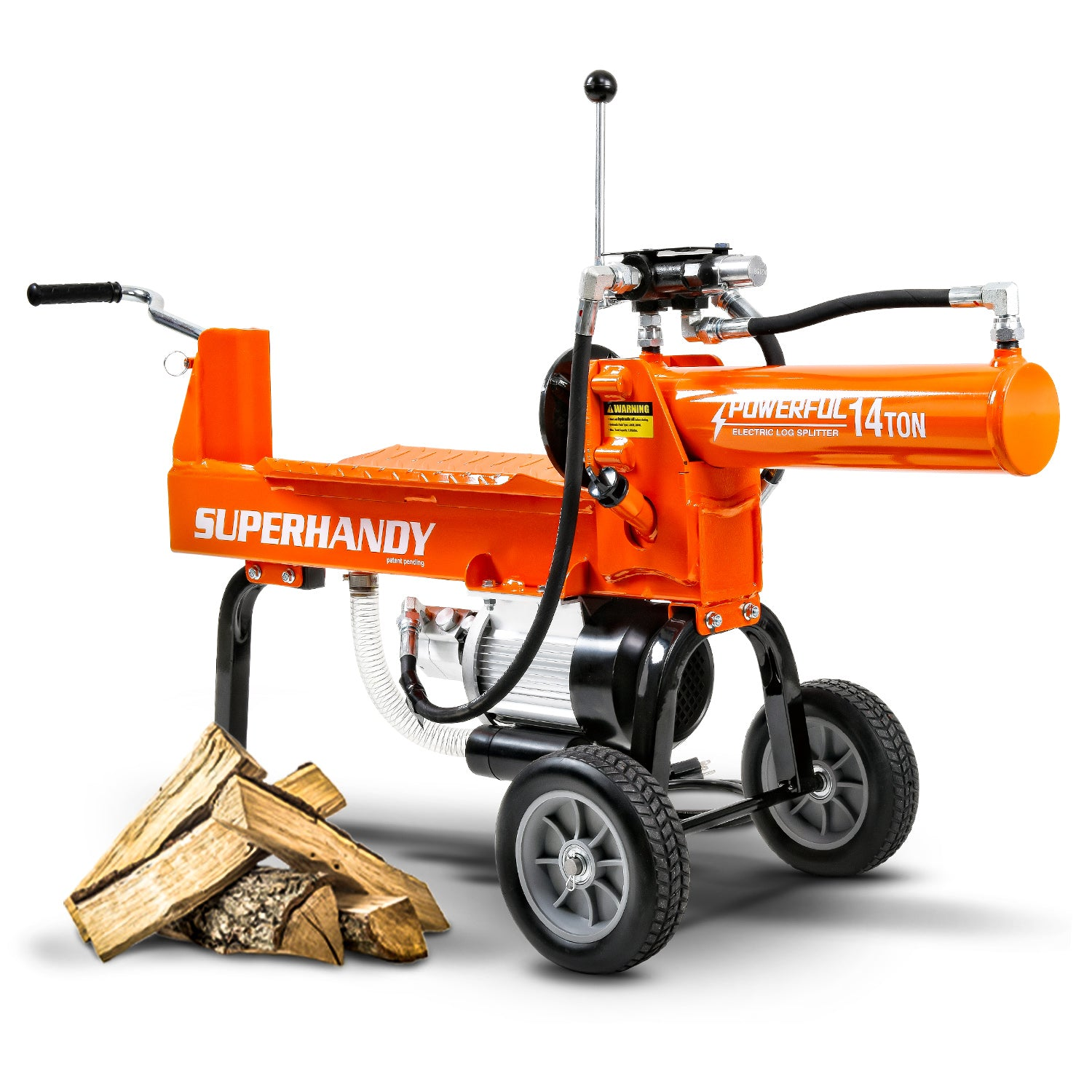


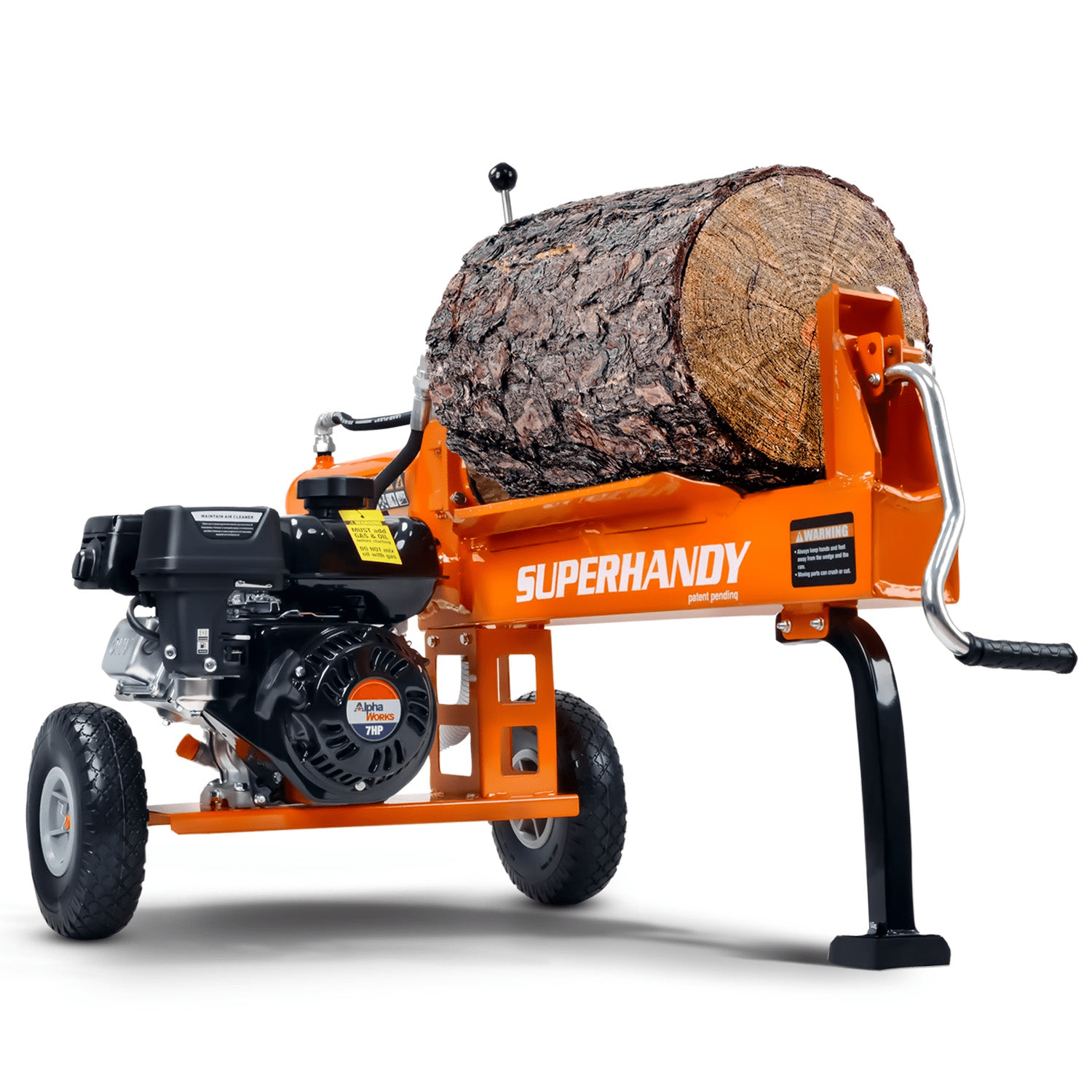



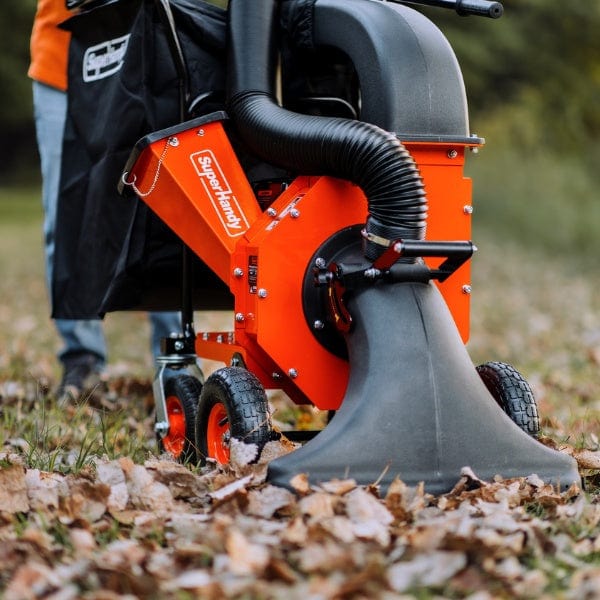
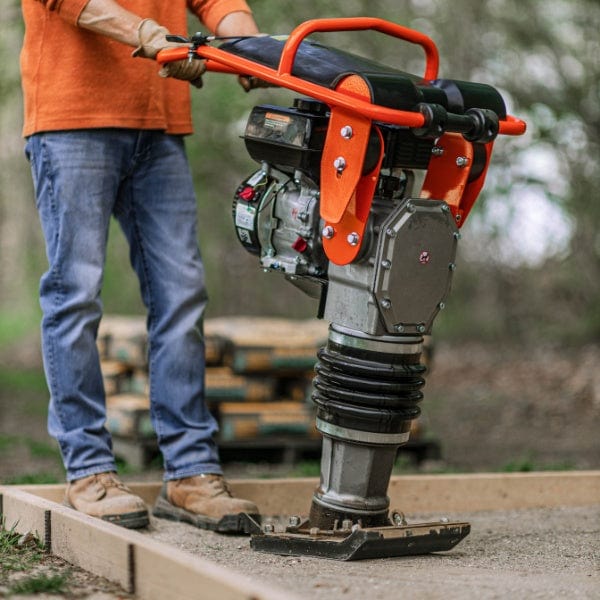


Leave a comment
All comments are moderated before being published.
This site is protected by hCaptcha and the hCaptcha Privacy Policy and Terms of Service apply.